9 cleaning myths you should avoid at all costs
These common home cleaning myths can make things worse

When it comes to cleaning every room in our home, we all seek clever ways to make our chores easier and quicker. And while we’re bombarded with various cleaning myths online or in television ads, not all are accurate.
Much like the top cleaning mistakes we might be making, these common cleaning myths can make your home dirtier — which defeats the whole purpose of cleaning! So, whether you’ve been handed down this advice (by grandma), or discovered it on Pinterest, here are 9 cleaning myths that will make your home dirtier.
1. Bleach cleans every surface
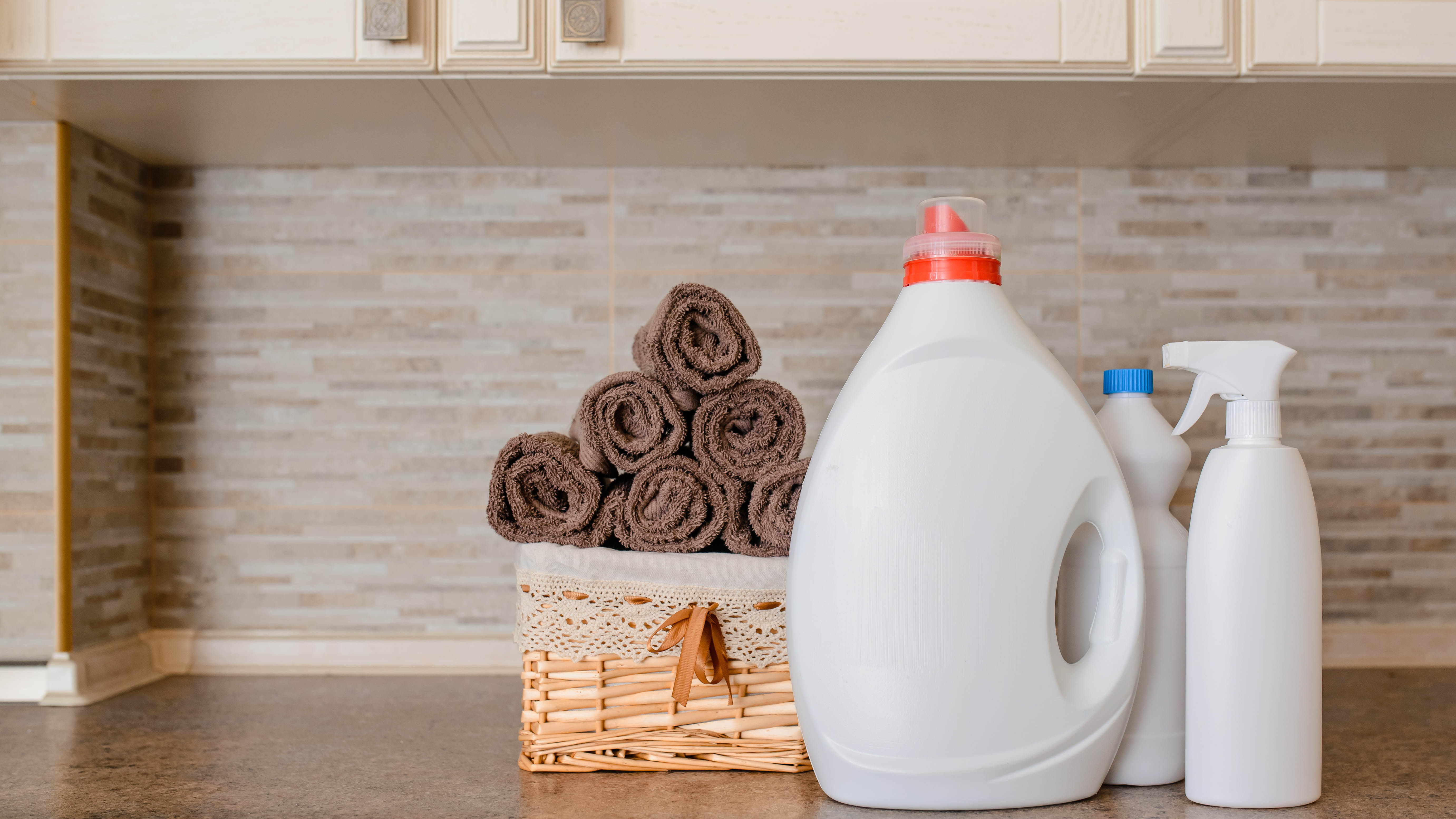
A common myth is that bleach is the key to cleaning everything. And while it is super effective for killing bacteria, disinfecting and removing stains, it doesn’t get rid of dirt and grime on surfaces. In this case, you’re better off using a household cleaner with abrasive properties, such as baking soda, or a surface cleaning product.
In addition, never use bleach (even diluted) to clean a fabric sofa, as this can remove the color along with the stain. Bleach can quickly ‘eat’ through the fabric, leaving a small hole after daily use. The last thing you want is to ruin the fabric cover completely or, worse still, be forced to invest in a new sofa.
Just remember to open windows or doors for ventilation when using bleach, and never mix cleaning products. Also don’t make this mistake when you clean with bleach.
2. Newspaper is great for cleaning mirrors or windows
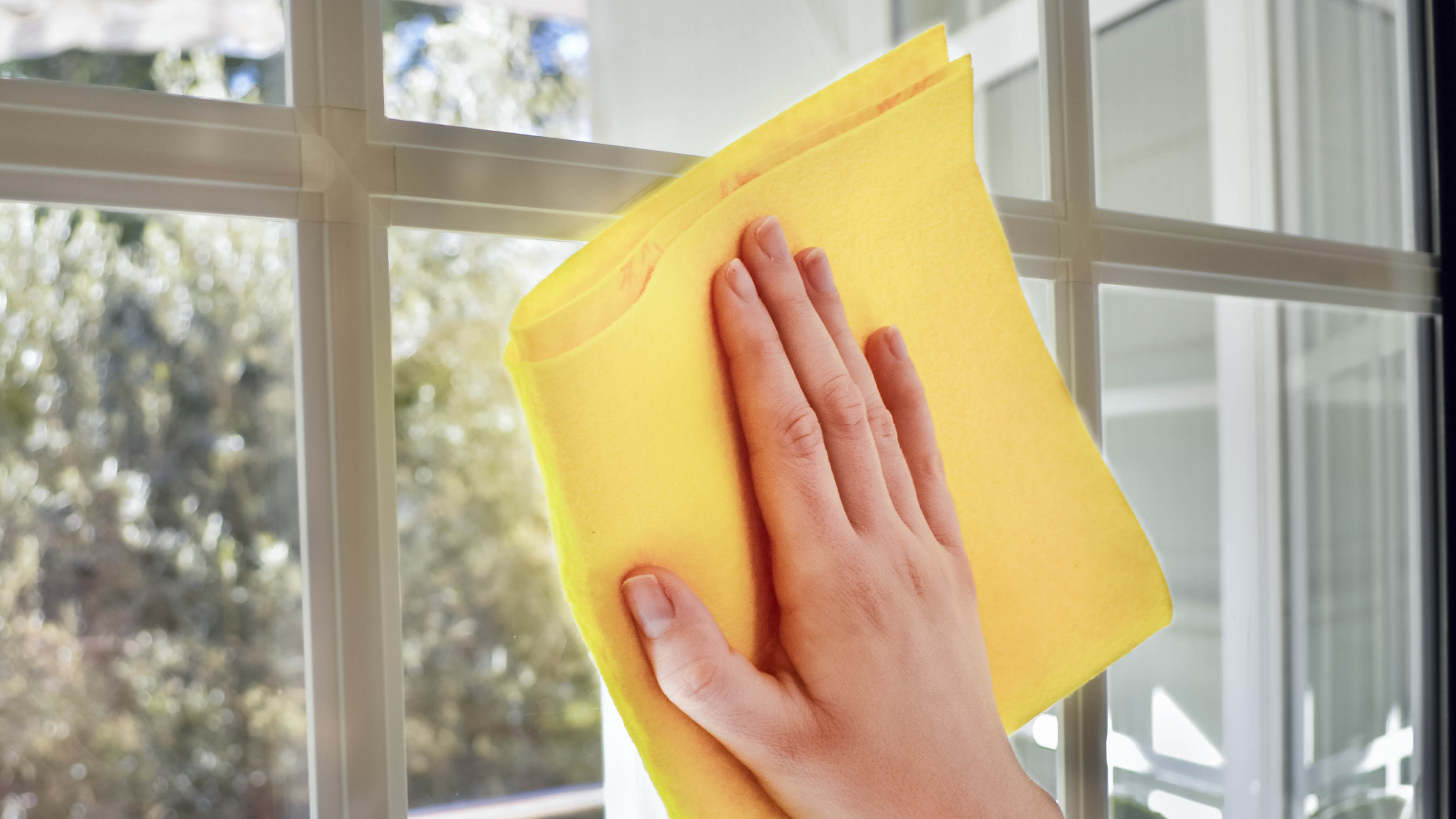
This cleaning myth may have been doing the rounds in the past, but it’s not so effective these days. According to experts, newspapers today are made from different types of materials than before, which can leave streaks on your mirrors. Instead, try using white vinegar or glass cleaner with a microfiber cloth. Or you can check out how to clean windows and leave them streak-free for spotless results.
3. Feather dusters can remove dust
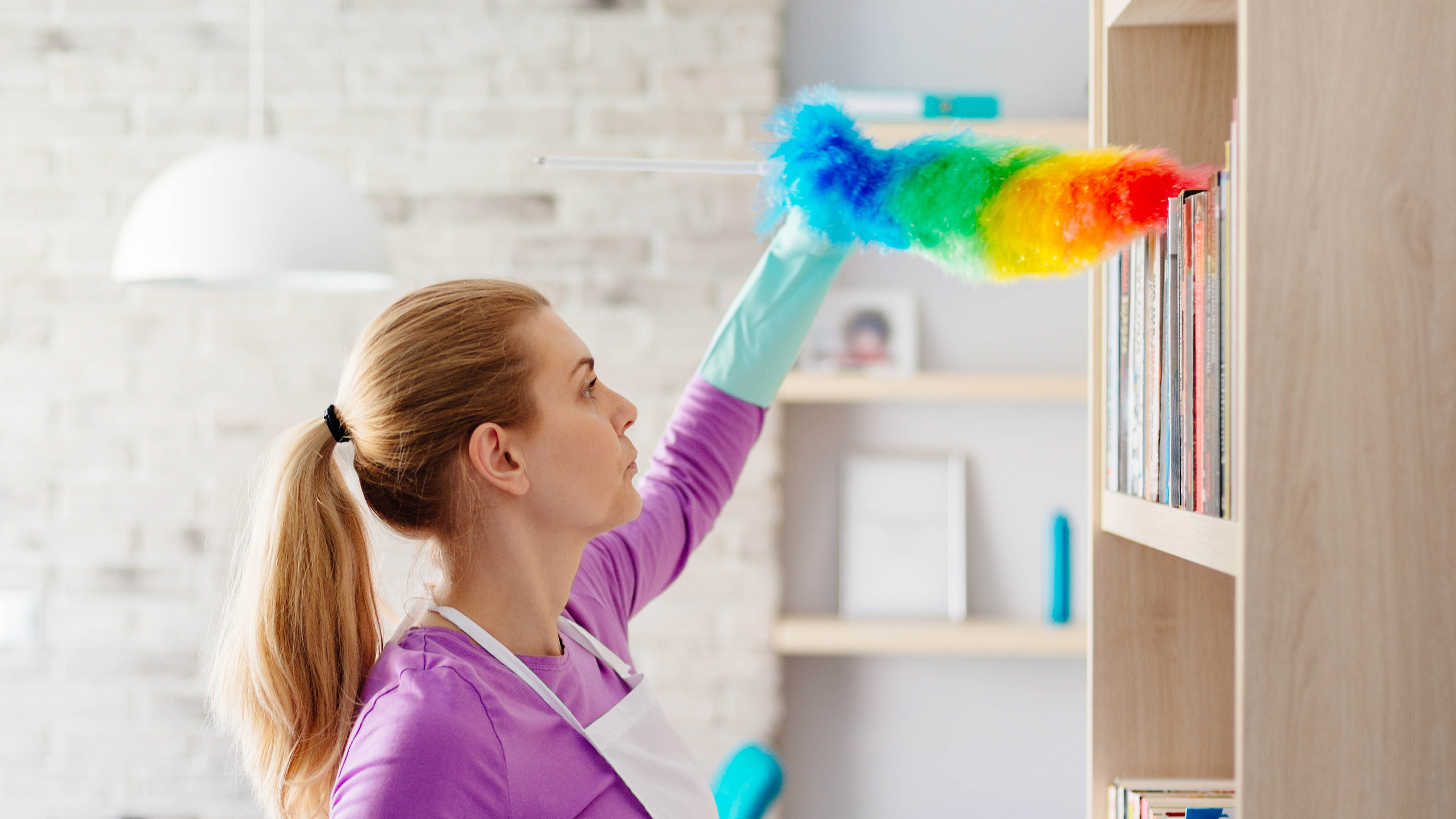
Another common myth is that feather dusters are the best method for removing dust. After all, it’s in the name, right? However, these soft and fluffy tools actually do the opposite. Instead of removing dust, feather dusters only spread it around on surfaces, or kick it back up into the air. This only results in a build-up of dust around the home.
Get instant access to breaking news, the hottest reviews, great deals and helpful tips.
The best method is to use a soft, damp microfiber cloth to easily pick up the dust without spreading it, or vacuum clean with a small nozzle attachment. If you're prone to indoor allergies, you might also want to check out how to get rid of dust mites quickly in 7 easy steps.
4. You need furniture polish to clean wood
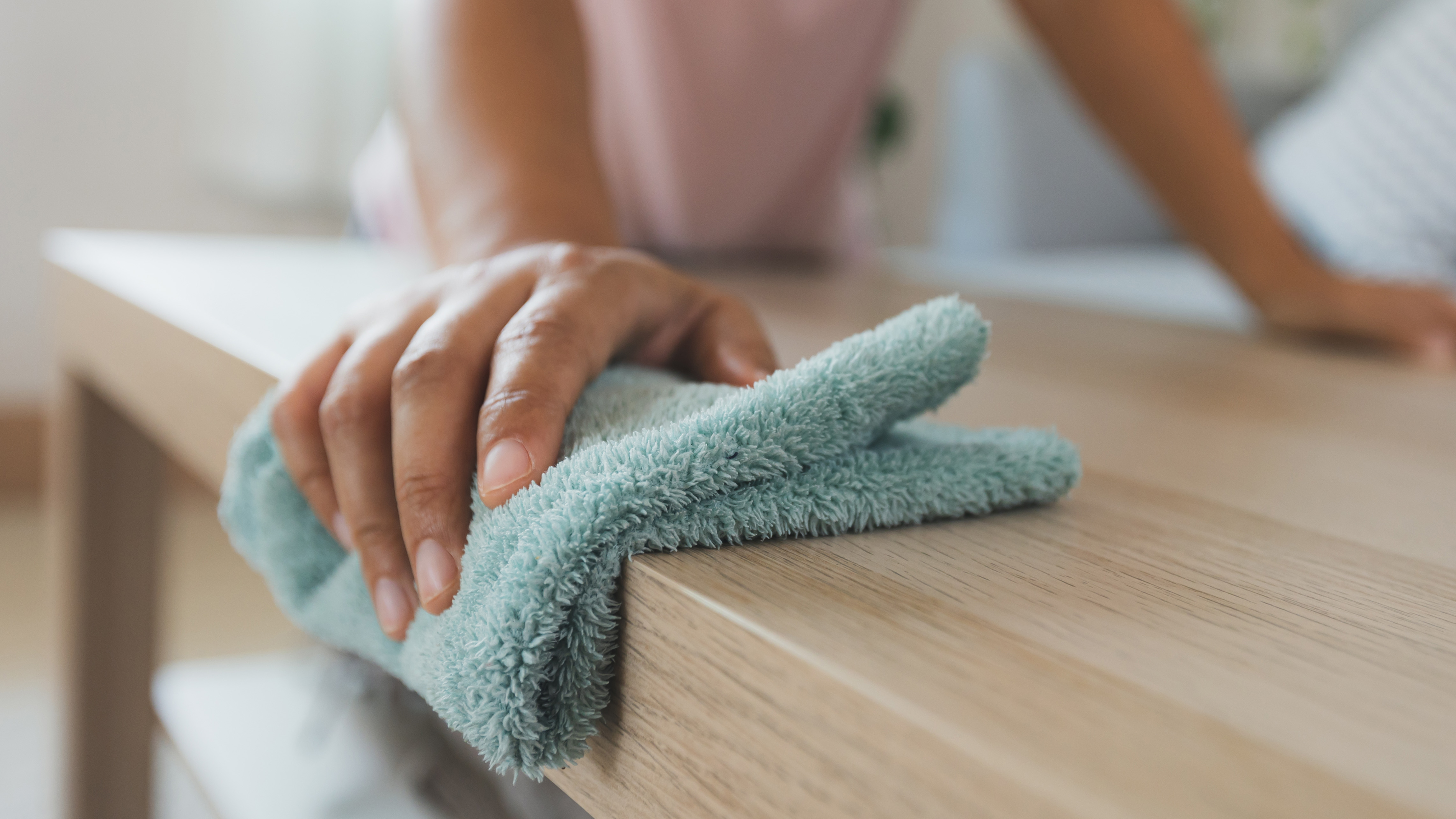
We tend to buy furniture polish to clean wooden furniture or surfaces. But spraying too much polish could actually damage our surfaces. Not only can a build-up of residue soak into the surface causing it to warp, but it can also cause discoloration. Either of these scenarios will create more work as you’ll then need to remove the excess polish.
Experts suggest furniture polish is only good for protecting the wood finish, rather than cleaning it — so use polish sparingly. Rather than spraying directly onto the wood surface, spray onto a clean microfibre cloth and wipe down surfaces evenly. You may also want to find out how to clean hardwood floors without damaging them.
5. Air fresheners clean the air
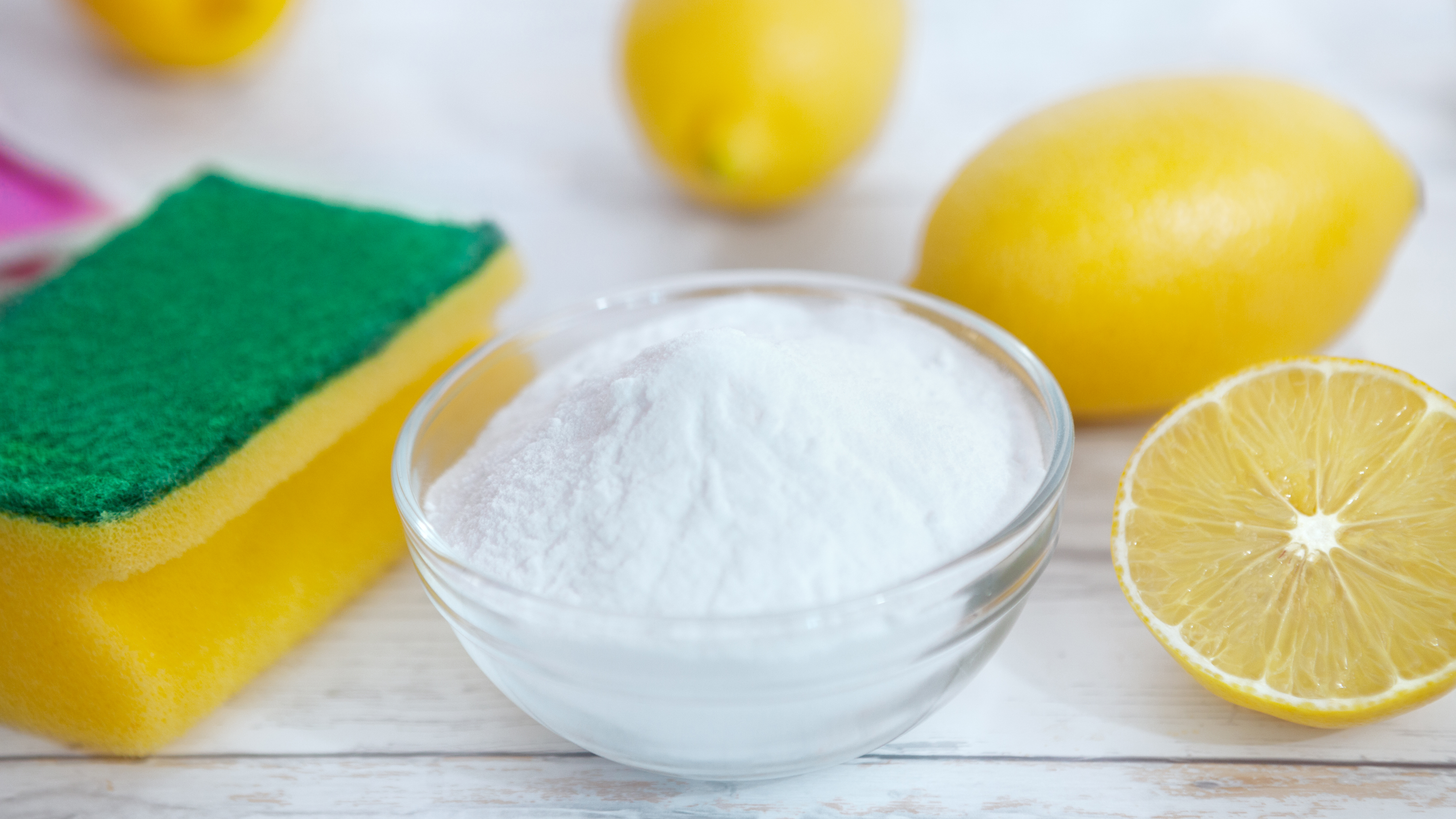
Another common myth is that air fresheners will clean air and get rid of odors. And while spraying may instantly make your rooms smell fragrant, you're really only perfuming the room and masking the smell, rather than deodorizing the air and removing the smell. After only a few minutes, the odors will return!
If you want to get rid of lingering smells, baking soda is a natural deodorizer, as it absorbs and traps odors. You can either leave out a small container or tray of baking soda to absorb smells. Similarly, you can try this simple hack to make your bathroom smell fresh all week.
6. You should vacuum before dusting

How many times have you given your floors a quick once-over before dusting surfaces? We all have our cleaning rituals, but leaving dusting until last will only disperse it in the air, making it settle back onto the floor that you've just cleaned with the vacuum.
Be sure to dust or wipe your surfaces with a microfiber cloth first before tackling the floors. This way, you won’t have more back-breaking work to do. Also, try not to make any of these vacuum cleaning mistakes for better results.
7. More laundry detergent will make clothes cleaner
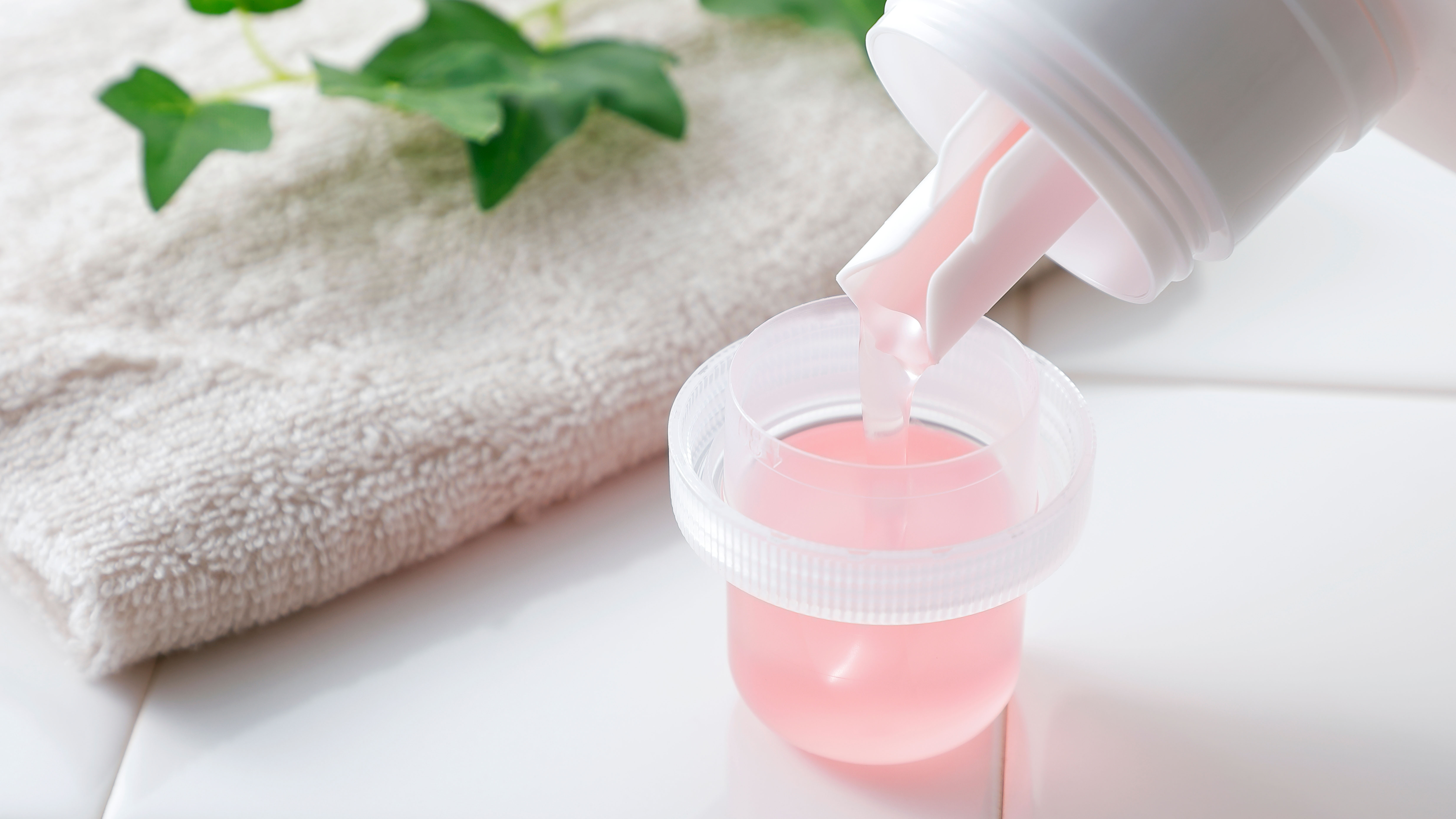
There is a common cleaning myth that the more detergent you use, the cleaner your laundry will be. However, this can actually make it dirtier. When you use an excessive amount of detergent, it can leave a slippery, soapy residue on clothes. Not only does this mean your clothes haven’t washed properly, but they would also need to be washed again to remove this residue.
In addition, your washing machine will need to work harder to remove the excess suds. If it can’t rinse them out effectively, your laundry will end up carrying residual detergent, which can trigger allergic reactions when transferred onto other laundry. It’s always best to use the required amount of detergent (as advised on the bottle) for your loads, and try not to make these 7 laundry mistakes while you’re at it.
8. Cleaning products get to work instantly

Another common myth is that once you spray a cleaning product onto a surface, it will clean it straight away after wiping. While it may promise ‘fast action’ on the bottle, you should allow the solution to settle on the surface before wiping it down. For instance, kitchen cleaner or any homemade solution will need time to loosen grease on the stove or grimy surfaces.
Wiping cleaner off too early will likely result in dirt and germs still remaining. Not only will the health hazard still be present, but you'll have wasted the cleaning product too. After spraying your solution, remember to leave it on for a couple of minutes before wiping or rinsing off.
9. White vinegar can clean everything
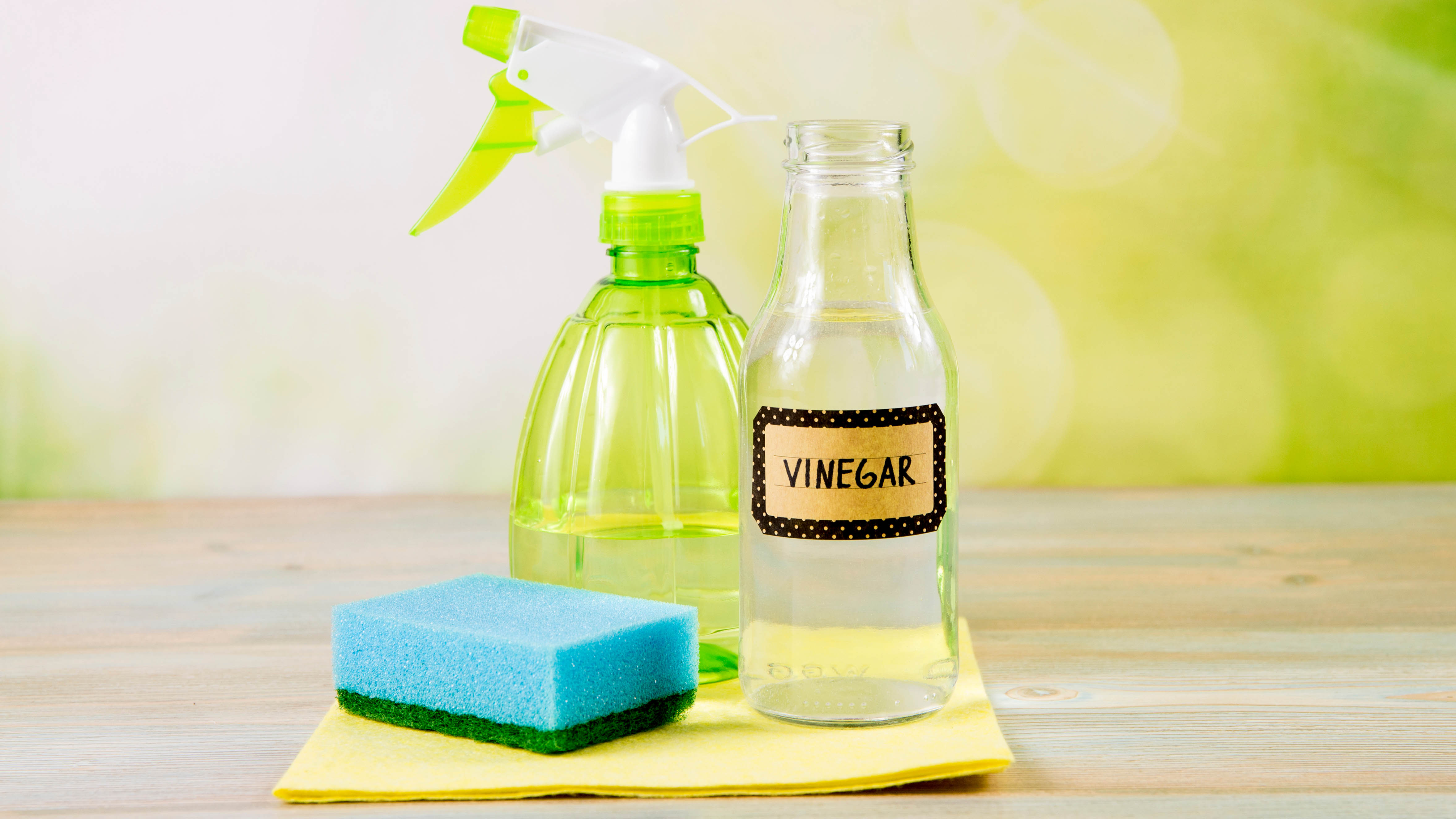
White vinegar is commonly used in the home as a natural cleaning product, but there are some things you should never clean with white vinegar. Marble and granite countertops are two of them. White vinegar is highly acidic and can eat away at natural stone surfaces. This can cause discoloration and damage to the finish, ruining its smooth and shiny appearance. Since marble, granite or any other natural stone are expensive materials, repairing any damage can be costly.
Instead, keep your stone countertops sparkling by simply using dish soap and warm water. And if you’re uncertain about what vinegar to use for things that can be cleaned with it, here is the best vinegar to clean with for great results.
Be sure to check out what makes baking soda and vinegar so good at cleaning, and how to clean with vinegar without the smell. Also, be sure not to make these 7 bathroom cleaning mistakes when sprucing up your bathroom, or these 5 decluttering mistakes when having a new year's clear out. Be sure to also check out 9 gross things you forget to clean around your home.

As the Homes Content Editor, Cynthia Lawrence covers all things homes, interior decorating, and garden-related. She has a wealth of editorial experience testing the latest, ‘must-have’ home appliances, writing buying guides and the handy ‘how to’ features.
Her work has been published in various titles including, T3, Top Ten Reviews, Ideal Home, Real Homes, Livingetc. and House Beautiful, amongst many.
With a rather unhealthy obsession for all things homes and interiors, she also has an interior design blog for style inspiration and savvy storage solutions (get rid of that clutter!). When she’s not testing cool products, she’ll be searching online for more decor ideas to spruce up her family home or looking for a great bargain!
